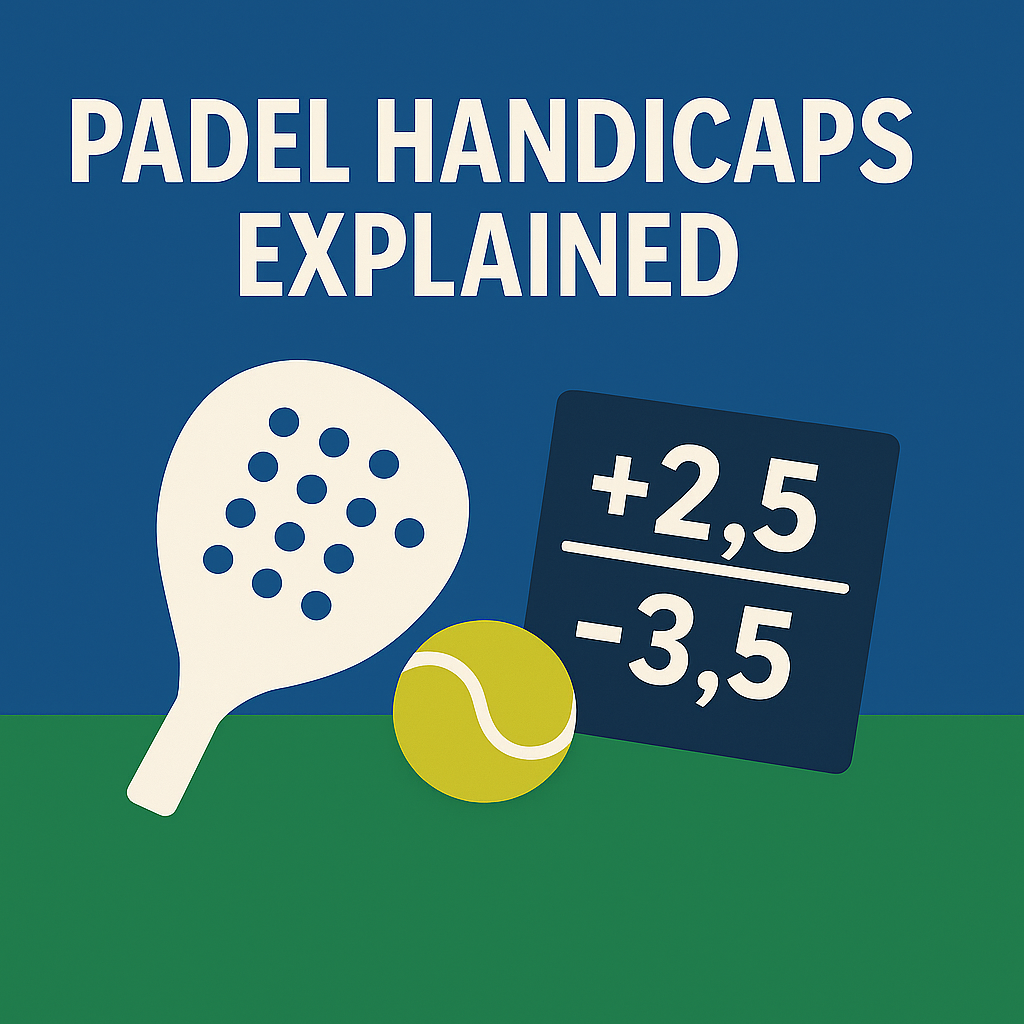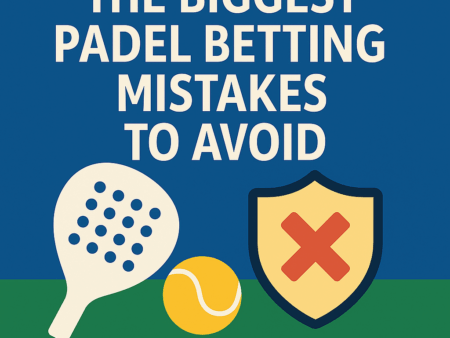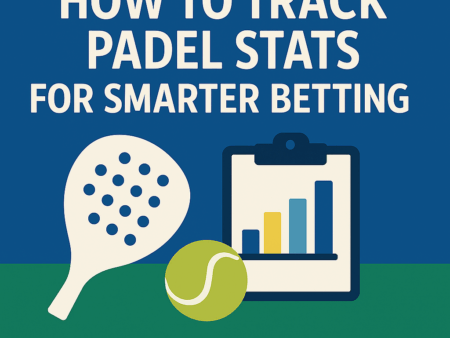
Handicap betting is one of the most effective and profitable markets in padel. It’s designed to balance mismatches, create better odds, and reveal value when you understand how pairs perform under pressure.
This guide explains handicap betting in simple terms, with examples, strategies, and common mistakes to avoid.
🟦 What Is Handicap Betting in Padel?
A handicap gives one team a virtual advantage or disadvantage.
Example:
- Team A: -2.5 games
- Team B: +2.5 games
If you bet Team A -2.5, they must win by 3 or more total games for your bet to win.
If you bet Team B +2.5, they can:
- Win the match, or
- Lose by 2 games or fewer, and your bet still wins.
Handicaps adjust for strength differences between pairs.
🟩 Why Handicaps Are Popular in Padel Betting
Padel has:
- Frequent breaks of serve
- Momentum swings
- Many matches decided by small margins
This creates predictable patterns that make handicaps easier to exploit than match-winner markets.
Handicaps also offer:
- Better odds
- Lower bookmaker margins
- More predictable outcomes when analysing form
🟨 Types of Padel Handicaps
1. Game Handicap (Most Common)
Betting on total games difference across the match.
Common lines:
- -1.5 games
- -2.5 games
- -3.5 games
- +2.5 games
- +4.5 games
2. Set Handicap
Example:
- Team A -1.5 sets → They must win 2–0
- Team B +1.5 sets → They can win OR lose 2–1
3. Alternative Handicaps
Bookmakers may offer:
- -1.0 or -2.0 (push possible)
- +3.0 or +4.0 (safer)
These reduce risk but lower odds.
🟧 How to Read Handicap Lines (Simple Examples)
Example 1: -2.5 Handicap
Team A -2.5 must win something like:
- 6–3, 6–4 (win by 5 games)
- 7–5, 6–4 (win by 4 games)
But NOT:
- 6–4, 6–4 (win by 4 games — OK)
- 7–6, 6–4 (win by 3 games — OK)
- 6–4, 3–6, 6–3 (win by only 2 games — ❌)
Example 2: +2.5 Handicap
Team B +2.5 wins if they:
- Win the match
- Lose by 1 game
- Lose by 2 games
🟫 When to Bet Handicaps
Handicap markets are strongest when you understand pair dynamics.
1. Strong Favourite vs Weak Opponent
If a top pair is in good form, -2.5 or -3.5 can offer excellent value.
2. Mismatched Playing Styles
If one pair dominates net play or lobs better outdoors, handicaps reflect these advantages well.
3. Consistent Pairs With Few Errors
Reliable, low-error teams often cover handicaps comfortably.
4. Outdoor Conditions Against Smash-Heavy Teams
When wind reduces smash accuracy, defensive teams gain value on positive handicaps.
🟥 When NOT to Play Handicaps
Avoid handicaps when:
- A favourite struggles outdoors
- A pair recently changed partners
- There is visible fatigue from earlier matches
- Both pairs are evenly matched rankings-wise
- The match is expected to go three sets
Handicap markets work best with predictable conditions.
🟦 Advanced Strategy: Set-Level Handicap Evaluation
Break down each pair’s typical scoring pattern:
- Do they win big in Set 1?
- Do they fade in Set 2?
- Are they comeback specialists?
- Do they start slowly?
A pair that wins Set 1 by 6–2 often covers the handicap, even if Set 2 is tighter.
🟩 Live Handicap Betting
Live handicap lines move constantly.
Best opportunities arise when:
- A favourite loses the first game or gets broken early
- A pair dominates rallies despite trailing
- Wind suddenly affects one team
- Tactical changes favour the trailing team
Live handicaps are often mispriced for 2–3 points — perfect for exploiting.
🟨 Common Beginner Mistakes
Avoid:
- Taking big negative handicaps blindly
- Ignoring conditions
- Overestimating favourites
- Underestimating fatigue
- Forgetting that momentum swings are fast
Handicaps require context.
🟧 Summary
A padel handicap:
- Levels the match by giving virtual games/sets
- Offers better value than simple match-winner bets
- Depends heavily on form, chemistry, and conditions
- Works best in predictable, stable matchups
Use handicaps when you have strong confidence in one pair’s ability to outperform expectations.
This page connects directly to totals, correct score, and outright strategy guides later in this category.


